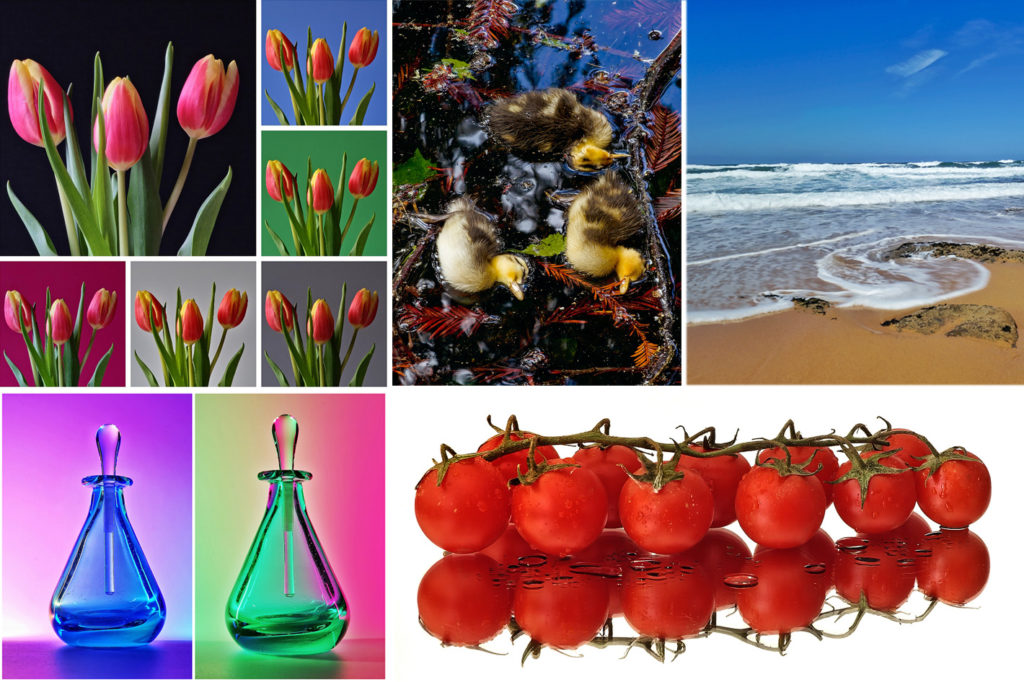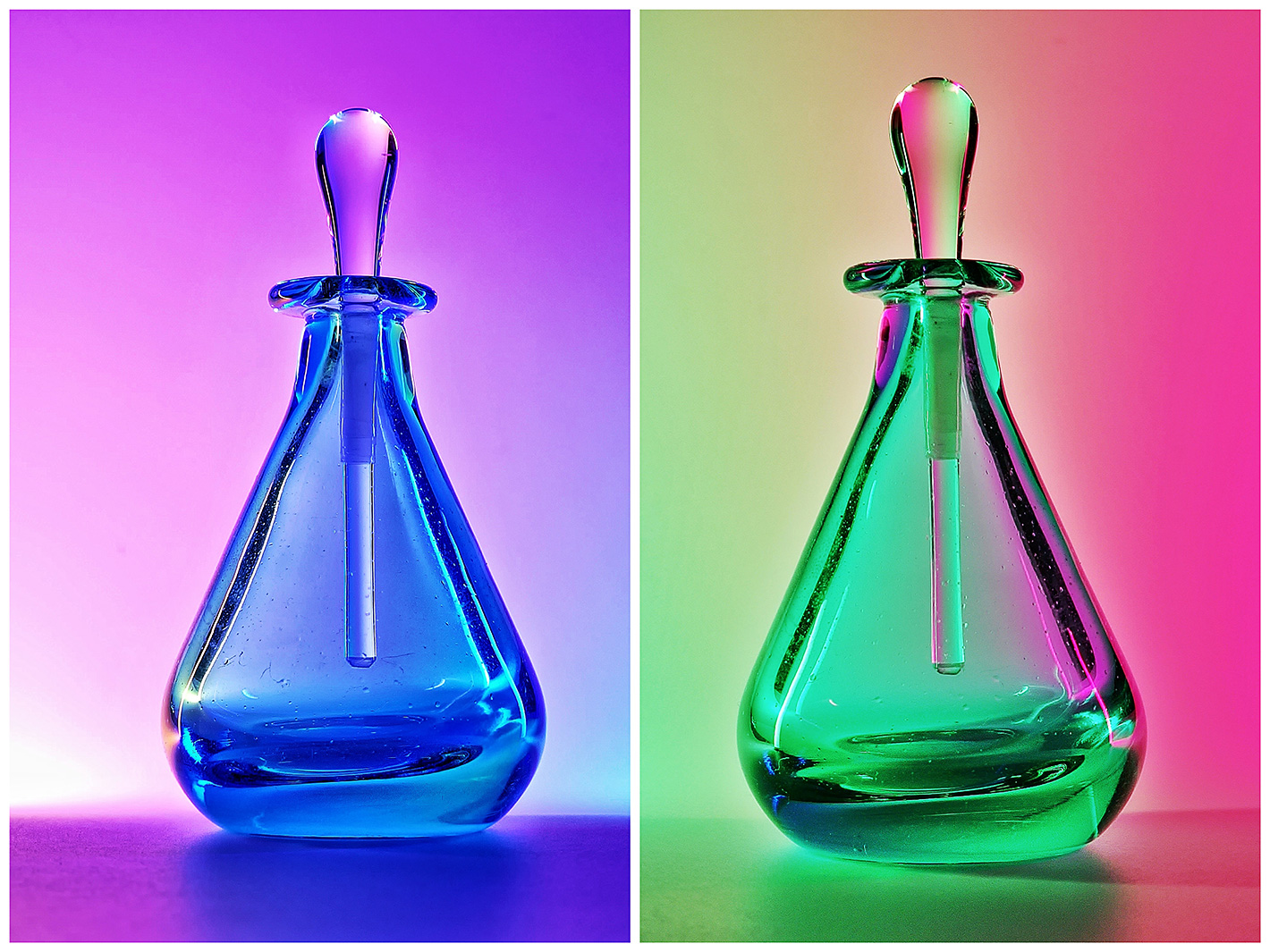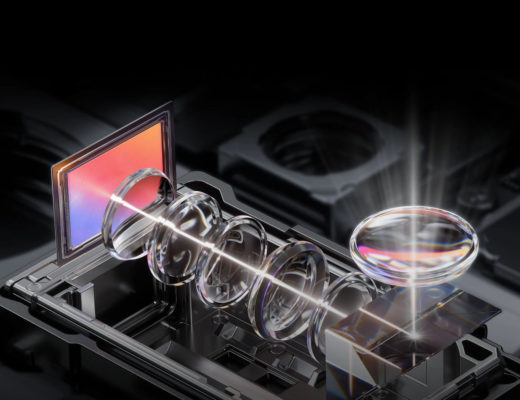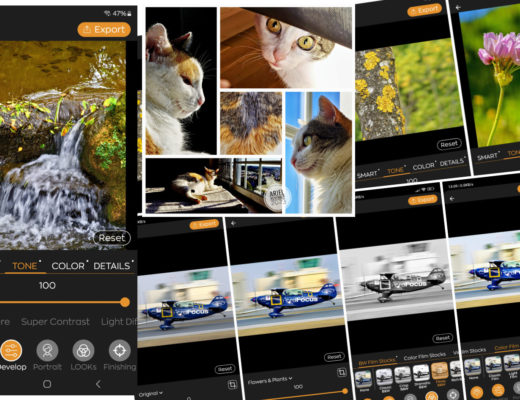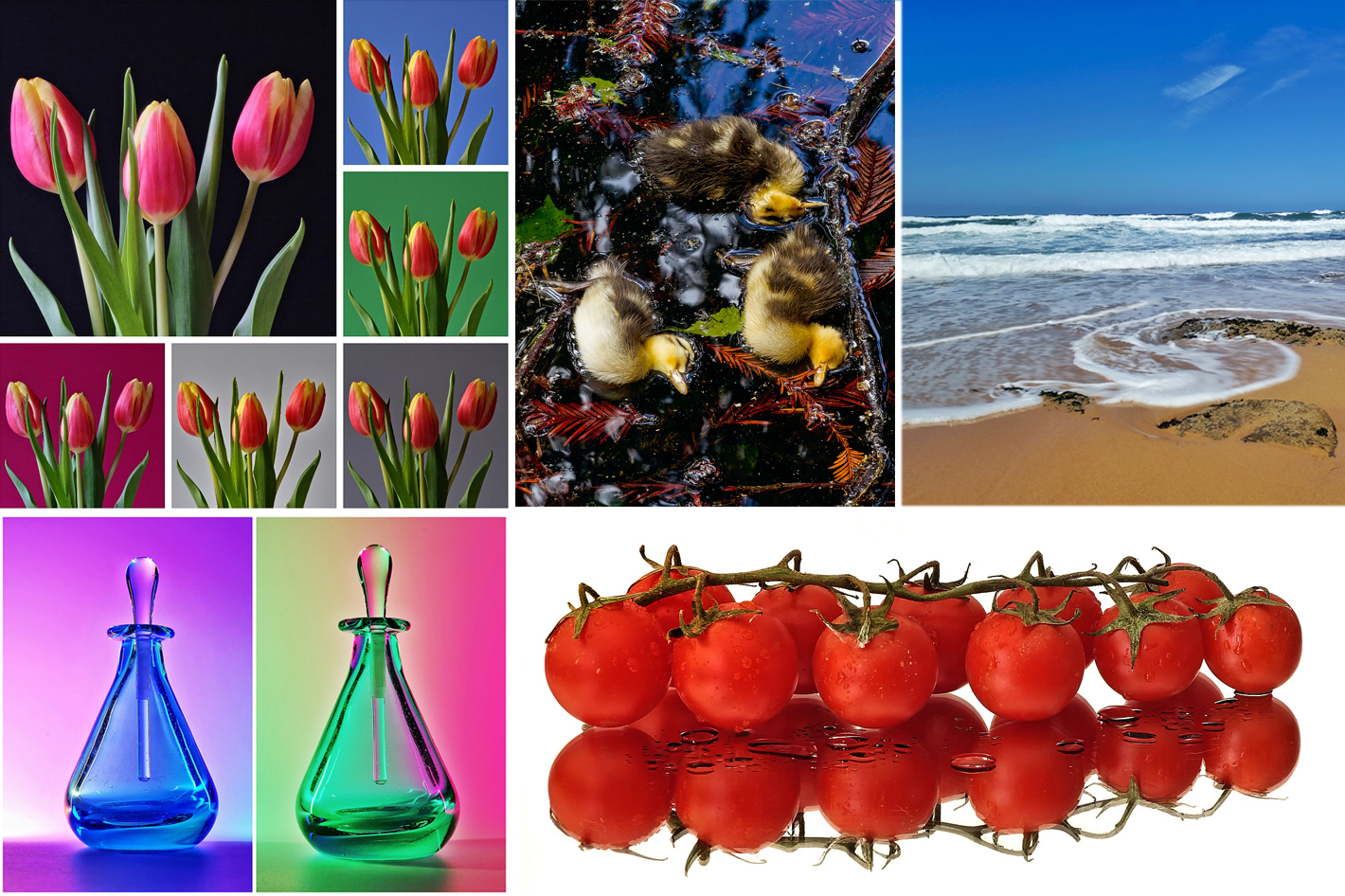 Smartphones use AI to make better photos, but Qualcomm may be taking it to extremes suggesting that AI will be able to take photos “National Geographic style”. Is this what the future will bring?
Smartphones use AI to make better photos, but Qualcomm may be taking it to extremes suggesting that AI will be able to take photos “National Geographic style”. Is this what the future will bring?
A recent article on the website Android Authority caught my attention; under the title “AI will help phone photos surpass the DSLR, says Qualcomm” the company’s vice-president of product management for cameras, Judd Heape claims that image quality on smartphones will surpass that of a DSLR, adding that “the processing in Snapdragon is 10 times better than what you can find on the biggest and baddest Nikon and Canon cameras. And that’s why we’re able to really push the barrier on image quality. Because even though we have a small lens and small image sensor, we’re doing many, many times more processing than what’s even capable in a DSLR.”
It sounded much like Nokia’s claim, at the dawn of cameras in smartphones, claiming its newest model was able to take studios photos like a DSLR, a marketing promise that simply wasn’t there. Debunking it costed the magazine I edited at the time a six-month campaign… but I would not do it any other way. I still can not do it differently today.
So, while smartphones are rapidly becoming a good option as cameras, I don’t see them surpassing DSLRs any time soon… except for one thing: DSLRs are really at the end of their life, so Mirrorless is the type of camera smartphone companies must refer to. I say this as someone that comes from medium-format cameras back when emulsions were used, moved to 35mm with Nikkormats, Pentax and Canon and adopted APS-C when using digital. Nowadays I shoot with two smartphones, a Xiaomi Redmi Note 10 Pro, and a Samsung Galaxy S22 Ultra, which in fact I use as a camera, instead of my DSLRs.
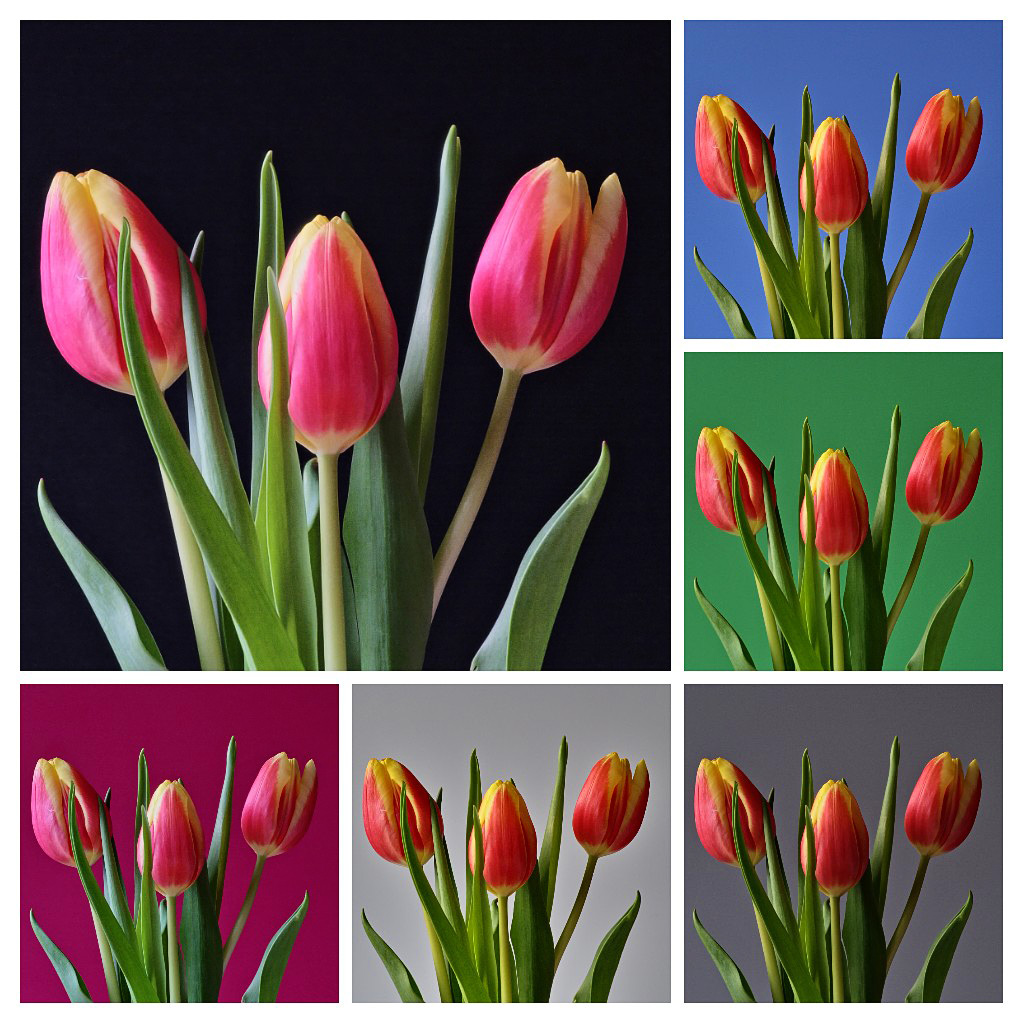 Smartphone cameras devoured the point-and-shoot
Smartphone cameras devoured the point-and-shoot
Before you say “see, you are using a smartphone”, let me point out that I am fully aware of the limitations using a smartphone introduces, but I’ve accepted the shortcomings for a variety of reasons, from weight (I’ve to carry less) to the simple fact that the four lenses in the Samsung S22 Ultra – 13, 23, 70 and 230mm are enough for what I do now. There are things I can not do as I did with a DSLR – especially as I love to use long lenses – but I am OK with that. And it’s a challenge to find fresh solutions for old problems.
Now that I’ve set the record, it’s time to go back to the interview with Judd Heape. While the interview in general is interesting, I find that the suggestion that AI power will trump the difference in sensor size and optical systems is misleading. Since the early days of photography, we’ve understood why there are big and small cameras. My clients back in the early eighties – last century – would not accept anything less than the medium-format transparencies shot with Bronica cameras, and while I did find, later, that 35mm would suffice for many jobs, large format, medium-format and 35mm co-existed for decades, with APS joining later, as the more popular film formats. The same logic applied to digital cameras.
Smartphone cameras devoured the point-and-shoot compact camera market, but we’ve not seen the same happen in other formats, not even APS-C, which some continue to say is about to die… but doesn’t. Smartphones are reaching the 1-inch Type sensor – in some top models – but that’s still a long way from a simple APS-C sensor or even a Micro Four Thirds sensor. And remember most smartphones still use smaller sensors.
 What photographers really want
What photographers really want
Heape also considers that 320MP sensors, like those used by Qualcomm’s rival Mediatek is “probably is the next place we’re going to stop,” but cramming millions of pixels in tiny sensors is not a real solution for the limitations users are still faced with when using the camera on their smartphones. The 1-inch Type sensor with some 50MP might suffice, especially if the industry can produce better optics, including optical zooms, and better control of exposure, which are essential to make smartphone cameras more of a threat to real cameras.
Give photographers a smartphone camera with a 1-inch Type sensor able to shoot 50 up to 100 MP (with pixel binning options), with exposure control which includes variable aperture, and a coverage from 13 to 300mm, and I believe many would leave their DSLRs or Mirrorless behind. Applying AI to such a base can really make smartphones an alternative to conventional cameras, at least for many users. But remember that camera companies as Canon or Nikon may also apply some of the AI solutions today being used by smartphone companies to their cameras. That would keep them still ahead of anything smartphones can do.
As technology progresses, it’s only natural that more people adopt smartphones as cameras, as this pocketable device is a real powerhouse for creators: it offers picture capturing, editing and even sharing options like no other device. In that sense smartphones have already surpassed cameras.
 Is “cloning” National Geographic-style photos the future?
Is “cloning” National Geographic-style photos the future?
Now, as I’ve written before, in another article, “too much AI can kill you”. I mention this because one answer from Qualcomm’s vice-president of product management for cameras made me stop and consider that he does not understand what DSLR, Mirrorless users, or any real camera user wants.
Judd Heape said, during the interview, “Imagine a world from the future where you’d say ‘I want the picture to look like this National Geographic scene,’ and the AI engine would say ‘okay, I’m going to adjust the colors and the texture and the white balance and everything to look like and feel like this image you just showed me’.
Really? If that’s what you think photography is, then you’re wrong. Using AI to produce thousands of “copies” is not the best marketing solution if you want to attract photographers to smartphones. Snapshooters may be happy with those tricks but photographers – and videomakers – want to take control of their cameras and create something different. Having a “baked” solution, type “one size fits all” is the worst thing that can happen to photography. We already have the Internet filled with millions of photographs that are clones of previous images.
Final note: I illustrated this article with images shot with my Samsung Galaxy S22 Ultra, with examples of editorial and catalog work than can be achieved with a smartphone. It clearly demonstrates my point that for many subjects smartphones are good as tools for many purposes, if you’re given the means to control exposure and other functions. They are just another tool in your toolbox.

Filmtools
Filmmakers go-to destination for pre-production, production & post production equipment!
Shop Now